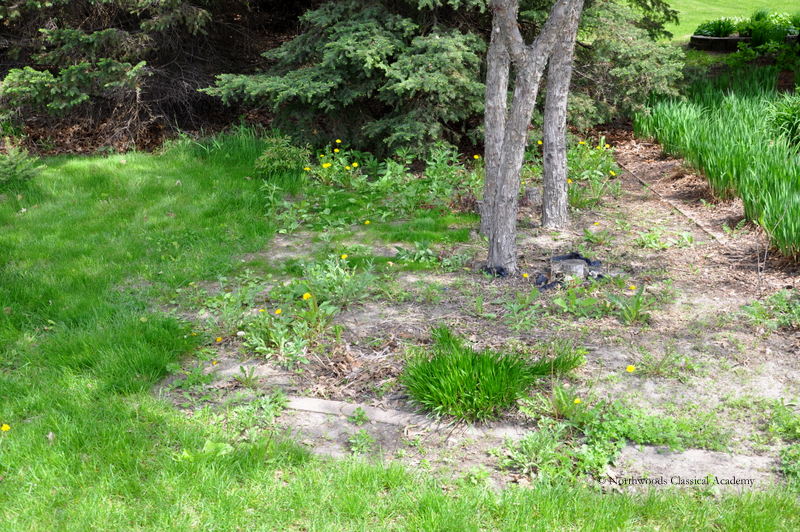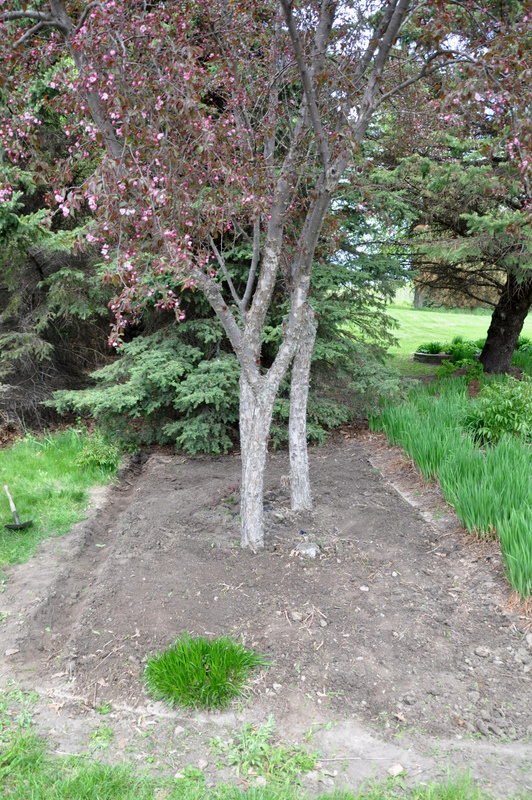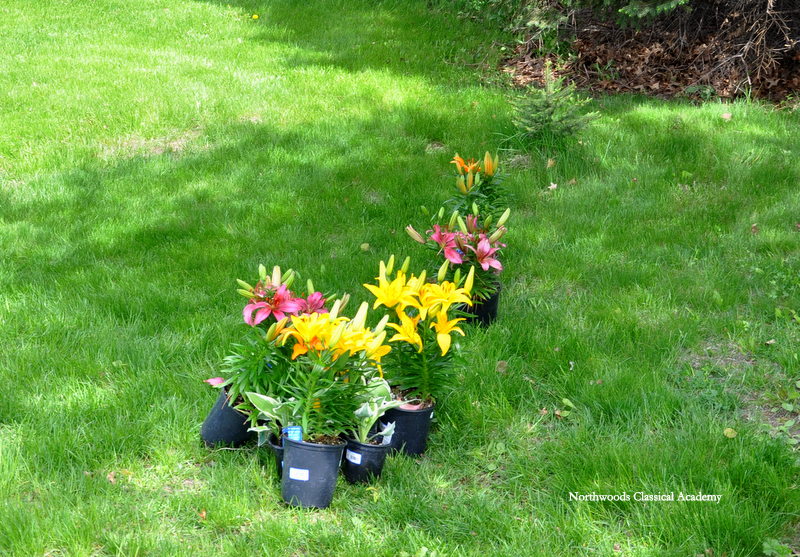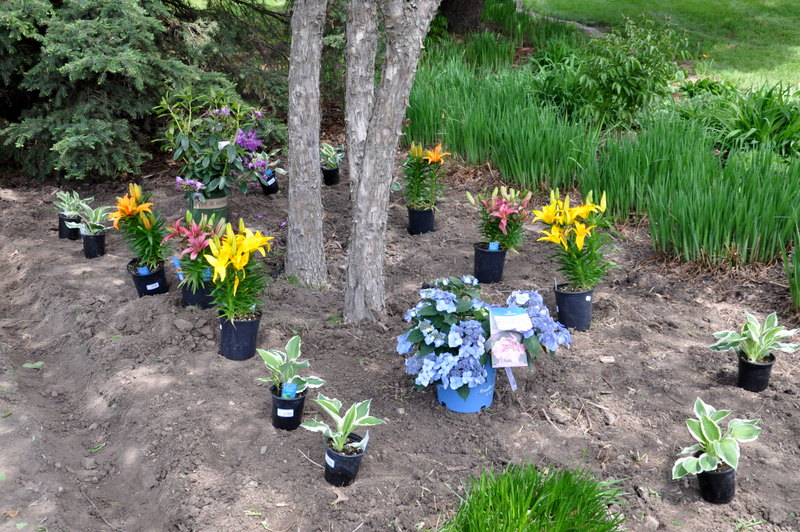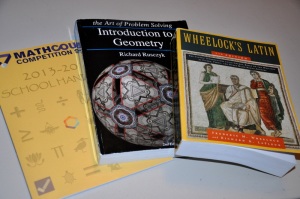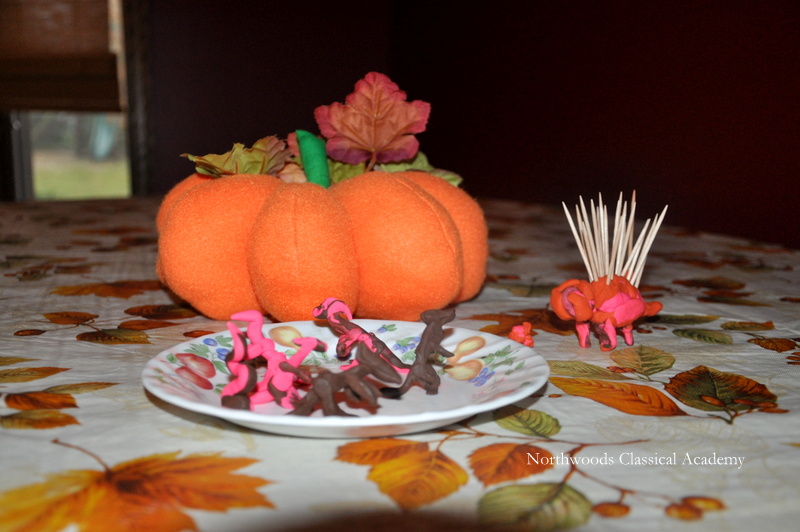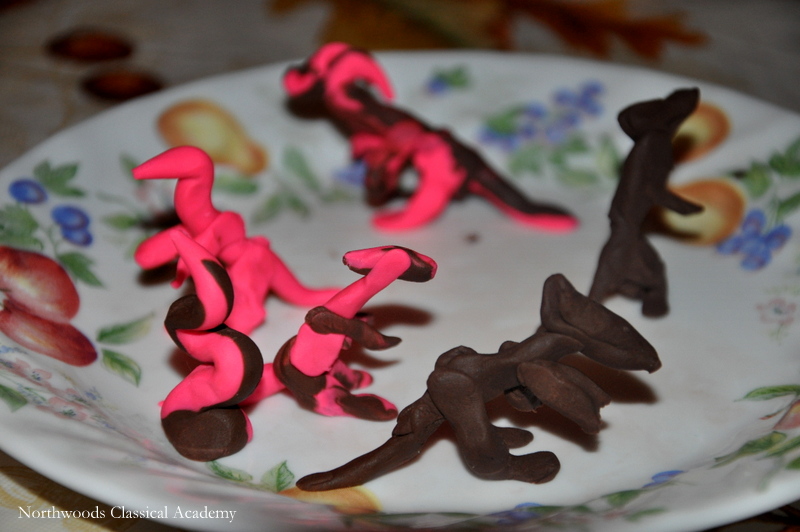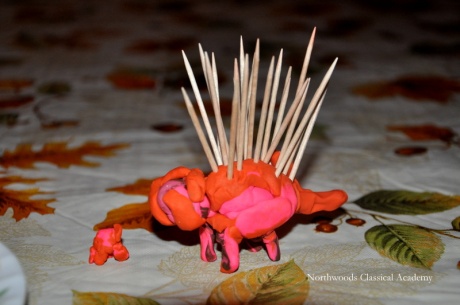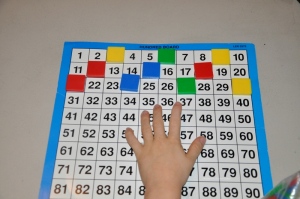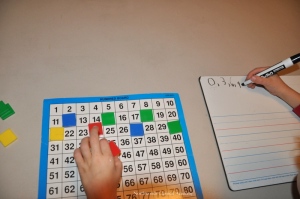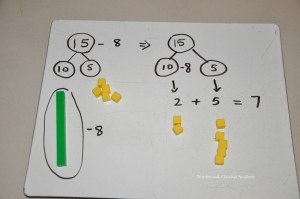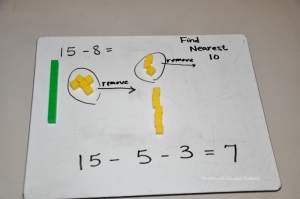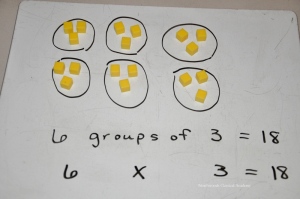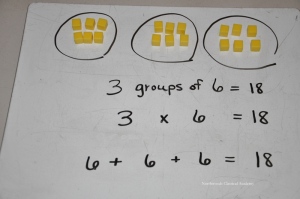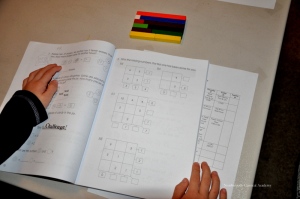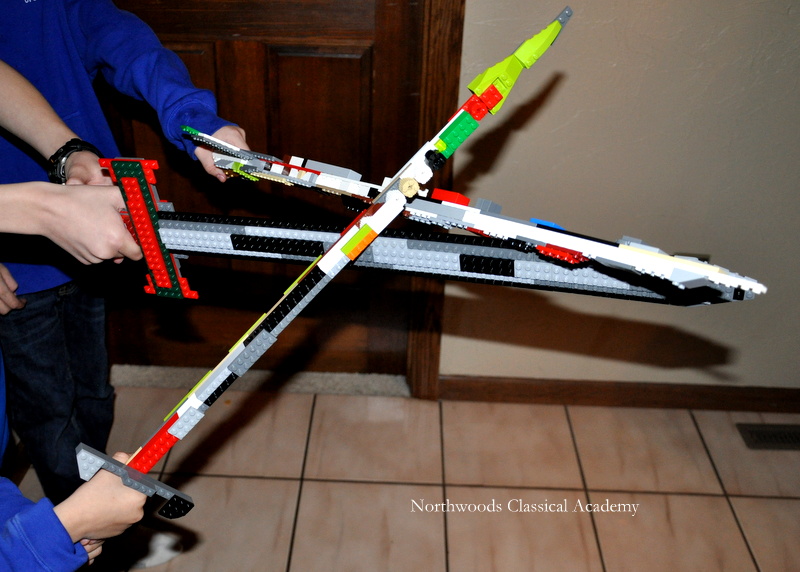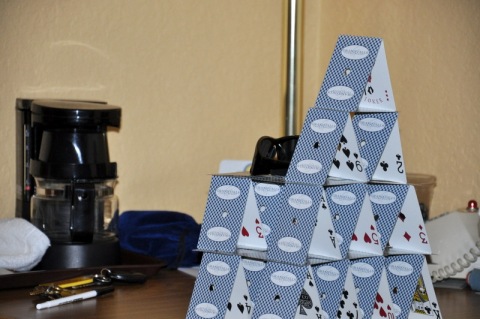For several years I pretended not to notice it. I’d drive by and keep my gaze firmly in front of me. Except when I did notice, I’d tell myself that grass would grow over it. Except that grass only grew over parts of it, and the remaining open areas would be engulfed with weeds. Weeds, weeds and more weeds.
There’d been a flower bed in the same location many years ago when the previous owners lived here. But it had not been taken care of for awhile and one of its borders was not well defined. Sadly, most of the time it sat forgotten and abandoned with its only guests being some bright yellow dandelions.
Fortunately the warm spring temperatures have a motivational effect on me, and I develop these wild bursts of energy to start involved projects. And come up with a plan I did: I decided to build a new flower garden in the very spot where one once stood. But I did not have to embark upon my plan alone. My 14 year old daughter stood ready and willing to help me accomplish a blossoming goal, and together we built our first flower garden.
To begin, we found shovels from the garage and began digging up walls of weeds. In what was the most difficult part, we pulled out the weeds and turned over the remaining dirt across the rectangular space. In the front sat a pretty green shrub that was part of the original flower garden. We decided that it should stay. To give the garden a well defined northern border, I dug up a trench. Up to this point we’d spent a few hours working, and it was exhausting using muscles I’d forgotten about. As I sit and write this, I feel soreness in my arms and aches in my back.
Preferring to plant only hardy types, we next brought down a wagon full of perennial flowers to adorn our garden.
After thinking about color for awhile, we set the flowers upon the freshly dug up dirt to decide placement. Included were a rainbow of vibrant colors: lilies of hot pink, golden yellow, and tiger orange; blue hydrangea; purple iris; hostas; and few other interesting looking plants whose names escape me.
Next I read the directions and prepared to give the lively plants a home. I dug holes and my daughter filled each hole with about one inch of water. Then I placed each in its spot and firmly packed the holes with dirt. This part went surprisingly fast.
To give the garden a more decorative look, my daughter and I traveled to our local hardware store and found some arched maroon brick. We’d measured the length of the side of the bed using my quilting tape to get an estimate on how many bricks to buy. Then I had to redefine my ditch to make the bricks lay as level and straight as possible.
Lastly, we covered the new flower bed with a generous quilt of red mulch to help prevent new weeds from forming. Certainly the weeds will be returning, I just hope this mulch will decrease the amount I’ll need to pull.
After working for about six hours, we were done. Now we both knew how to design a flower bed. And we could behold the view!
What could’ve been an overwhelming job was made pleasantly simple with my daughter’s presence. She was cheerful and supportive, and we had ample time to visit. We’d spent our day together working towards a shared goal.
And as I see it we built more than a flower garden, we also built happy memories.

